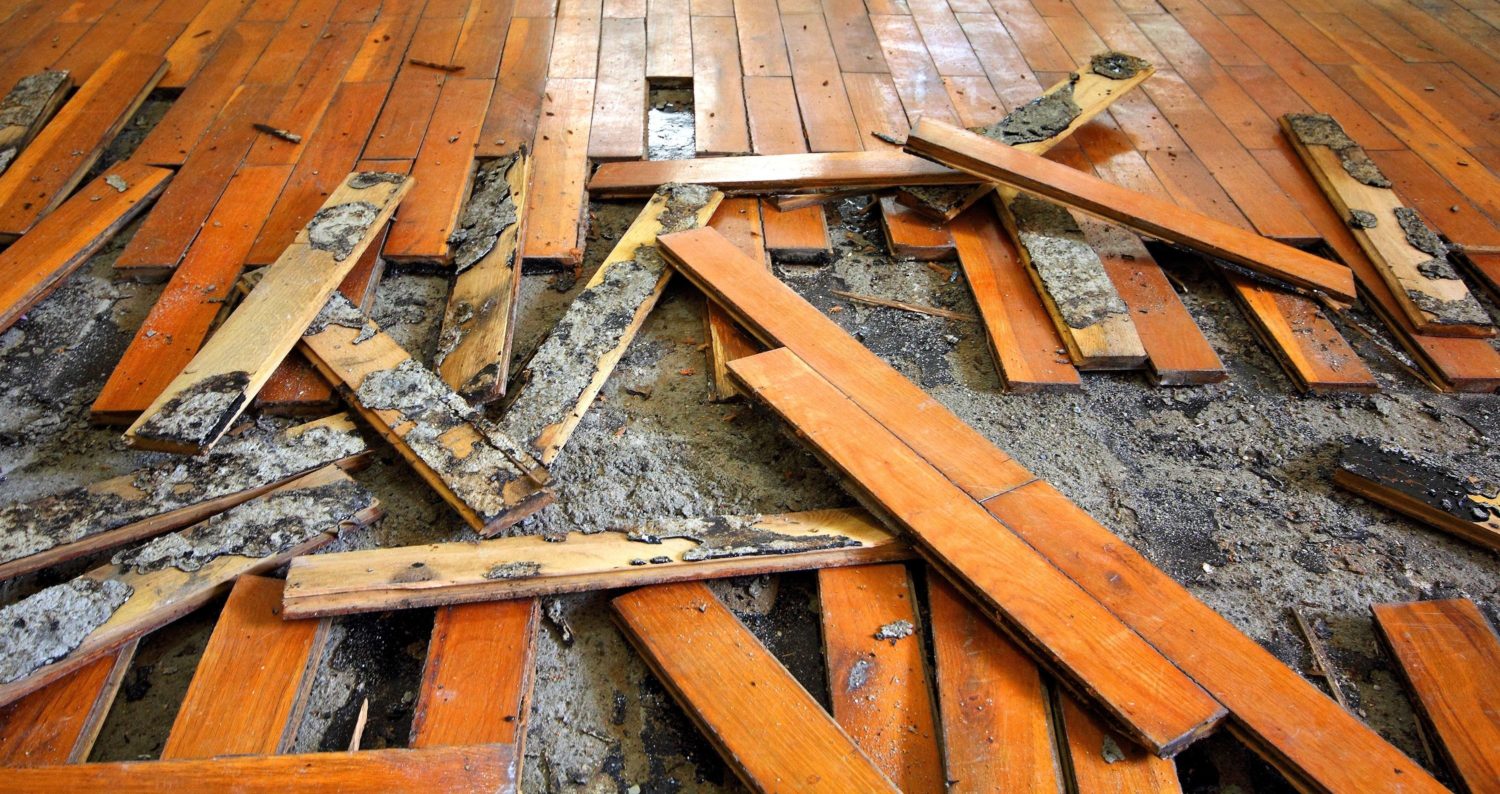The Insurance Bureau of Canada (IBC) has released a paper that provides Options for Managing the Flood Costs of Canada’s Highest Risk Residential Properties.
In Canada, flooding is the threat responsible for the greatest amount of financial losses and damage as well as being the threat for which we are least prepared. Recognizing this emerging trend, Ralph Goodale, minister of public safety and emergency preparedness, created an Advisory Council on Flooding in early 2018 with the purpose of advancing the national discussion on flood risk management. The Advisory Council formed a public-private sector Working Group on the Financial Management of Flood Risk, co-chaired by Public Safety Canada and IBC.
In May 2018, Federal, Provincial, and Territorial Ministers Responsible for Emergency Management asked this Working Group to refine options for managing the financial costs of high-risk residential properties while drawing upon international models. IBC was asked to report on these options, which had been developed through Working Group consultations, to Ministers through the Advisory Council. The result is a paper that was authored by IBC with input from members of the working group.
The paper explores three potential options, including a pure market approach like that used in Germany and Australia, where private insurance is the primary means of protection and governments scale back disaster assistance. According to IBC, this is an approach where insurance and government disaster assistance exist together and are better coordinated. It is also one where a high-risk insurance pool is introduced for properties that would not otherwise be able to access private insurance, similar to Flood Re in the United Kingdom, according to IBC.
The three possible options examined in the report are as follows:
- Option I – Pure Market Solution (Risk is borne by homeowners): In this option, the flooding of private residences is no longer covered by government disaster assistance programs and homeowners can self-insure, purchase insurance from the private insurance market, or relocate.
- Option II – Evolved Status Quo (Risk is borne by blend of homeowners and governments): In this option, the private sector takes on as much contingent liability for flood as its risk appetite allows, while leaving the highest-risk properties, where premiums would be unaffordable, to be covered by government disaster assistance programs.
- Option III – Create a High-Risk Flood Insurance Pool: This solution involves building a special flood insurance pool for high-risk properties that would otherwise not be able to access affordable flood insurance to cover their losses. Property owners would pay premiums that reflect their level of risk, but to ensure the coverage is affordable and that people actually buy it, the premiums could be capped and/or subsidized.
As directed in January 2019 by the Federal, Provincial, and Territorial Ministers Responsible for Emergency Management, IBC and the Working Group continue to work on the costing of these options and in particular, various approaches for deploying an insurance pool for those at high risk of flooding. Once this work is complete, the findings will be presented to the Federal, Provincial, and Territorial Ministers Responsible for Emergency Management through the Advisory Council on Flooding.
“Flooding is the most common and most damaging type of natural disaster faced by Canadians,” said Ralph Goodale, Canada’s minister of public safety and emergency preparedness. “This report is part of a broad range of efforts undertaken by the Government of Canada and partners – including the insurance industry, Indigenous organizations, other levels of government, and non-governmental organizations – to better inform Canadians of their flood risk, improve flood mapping, and reduce the impact of these disasters.”
“This whole-of-society approach, highlighted through the Emergency Management Strategy, will help build safer and more resilient communities for all Canadians, in part by determining how best to raise awareness of flood zone risks, invest in mitigation, and increase Canadians’ resilience to floods,” Goodale added.









